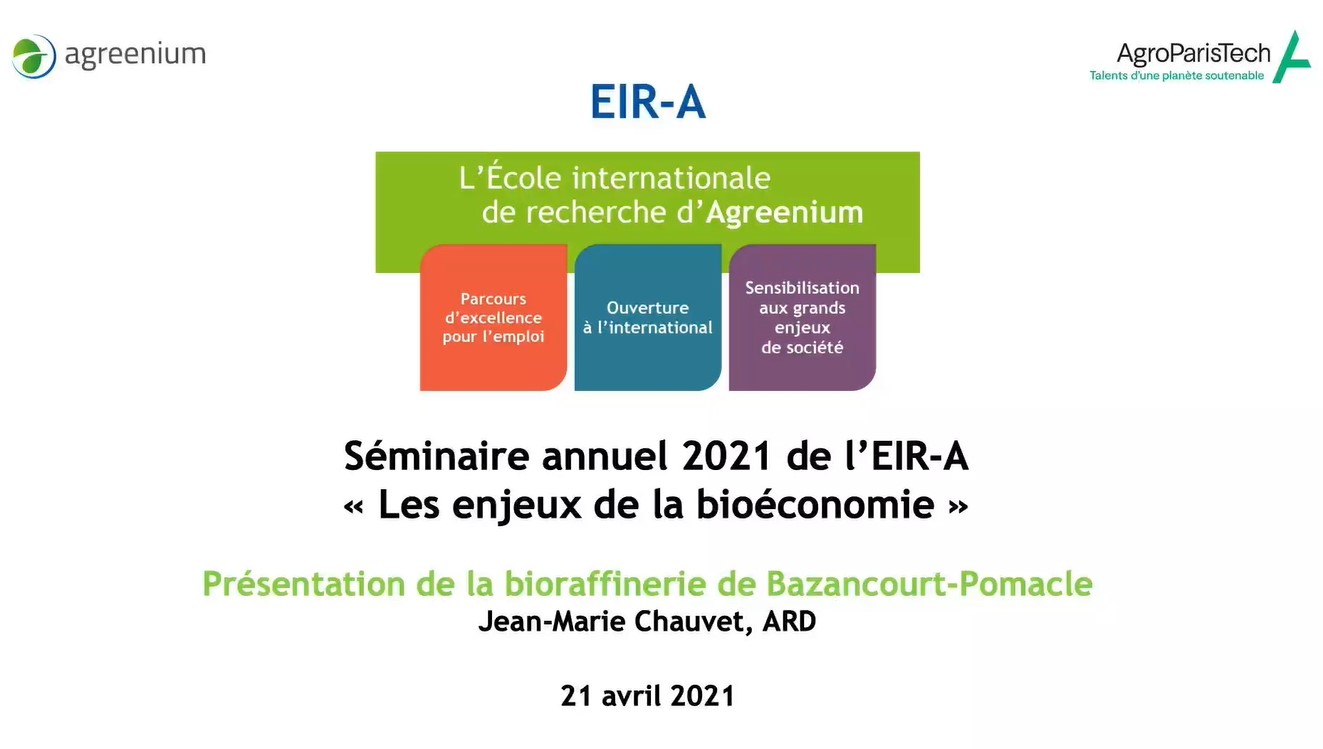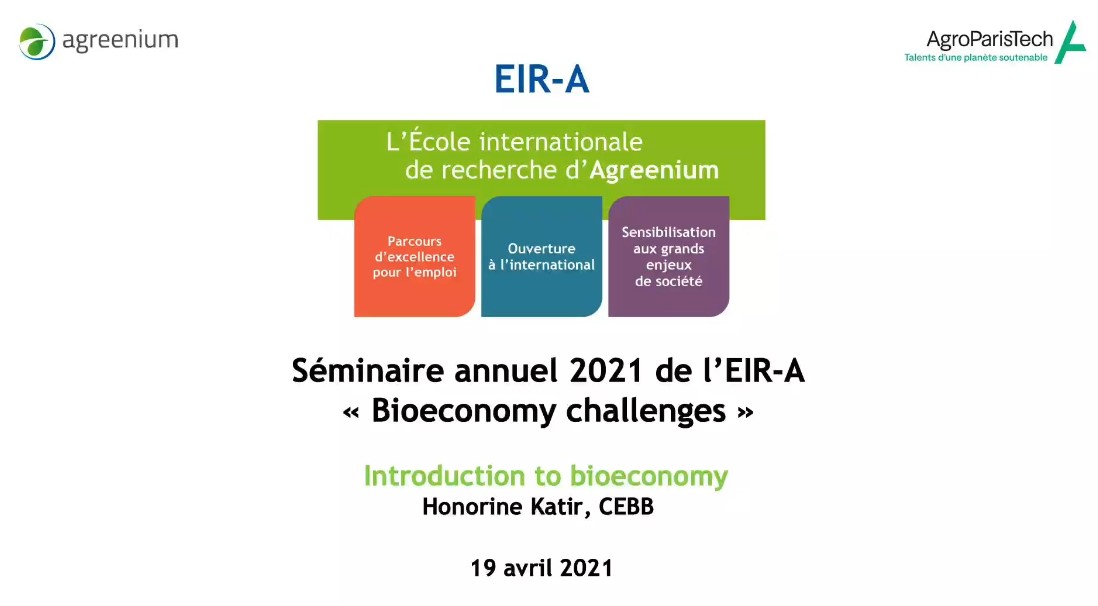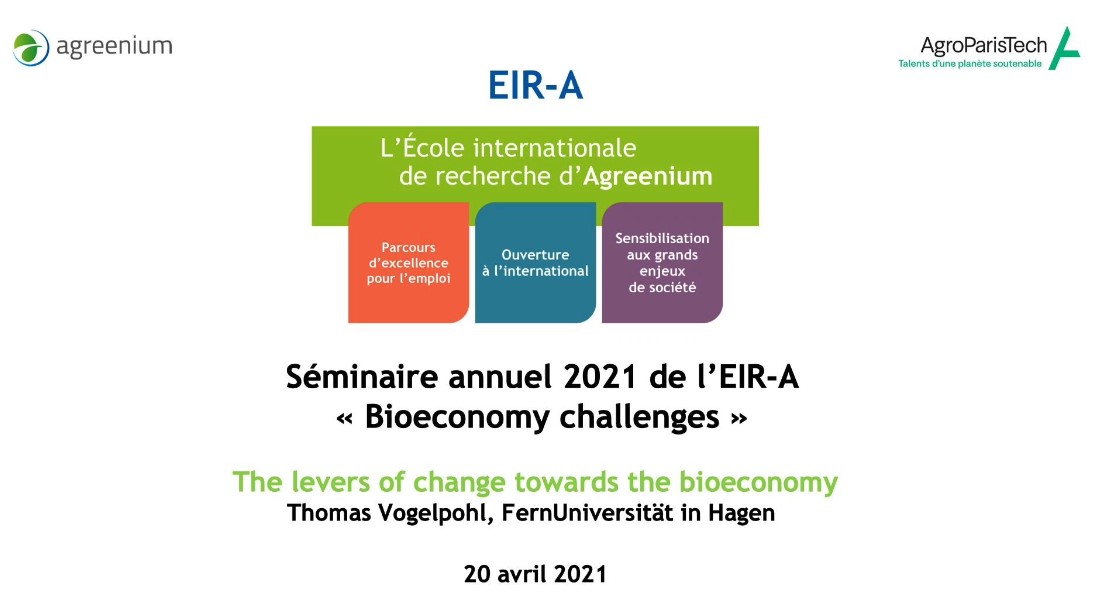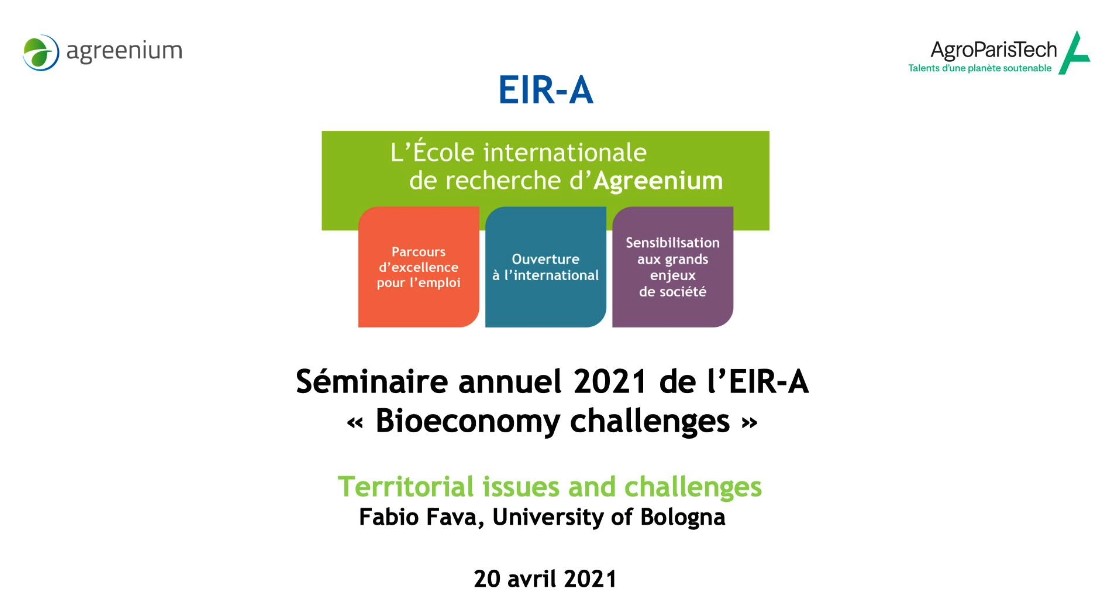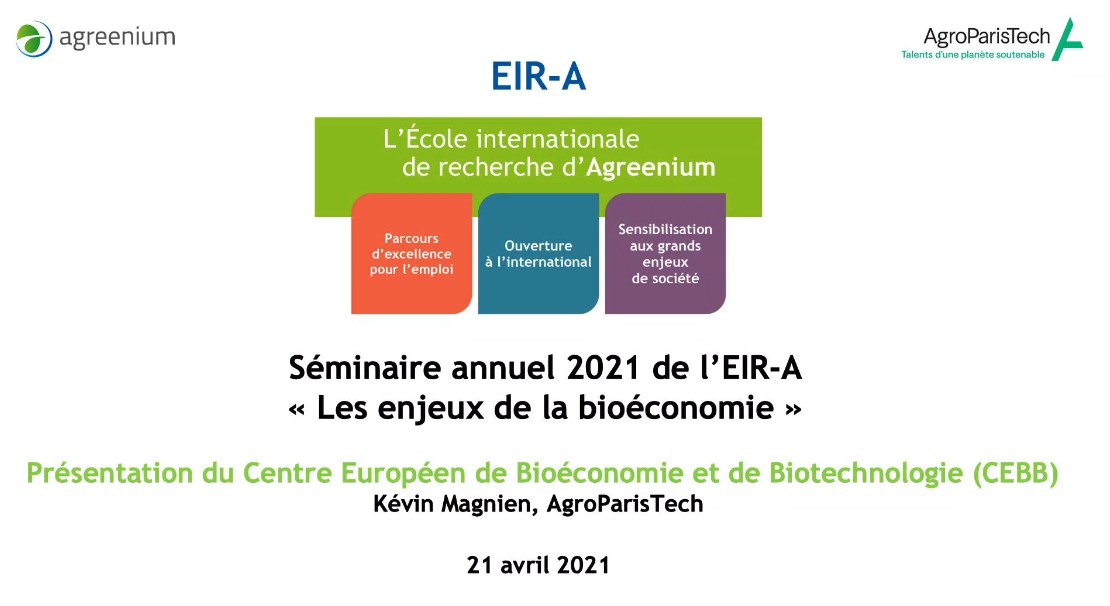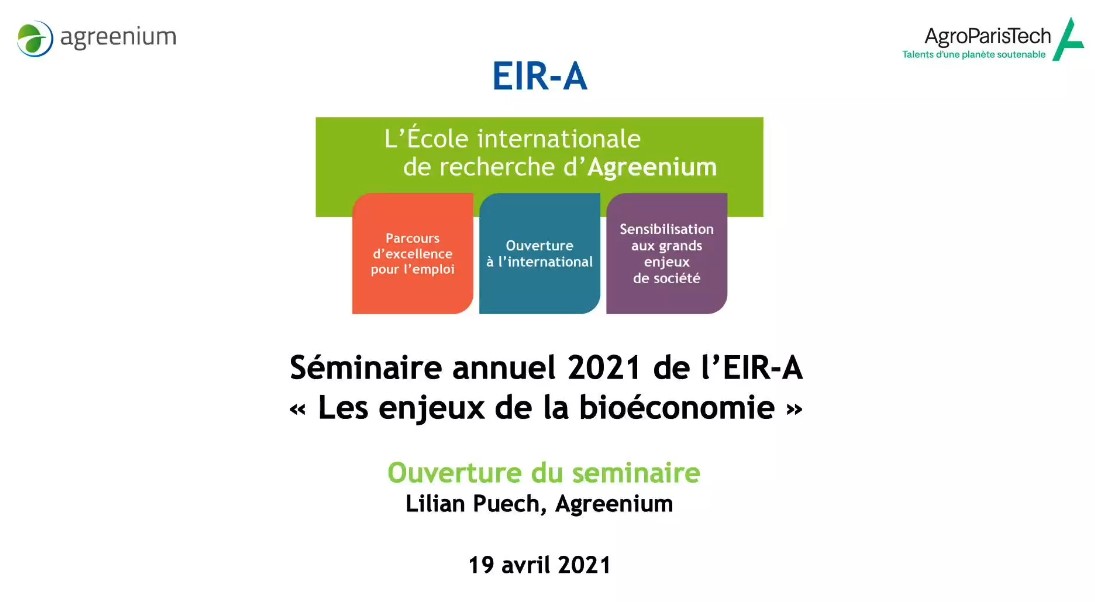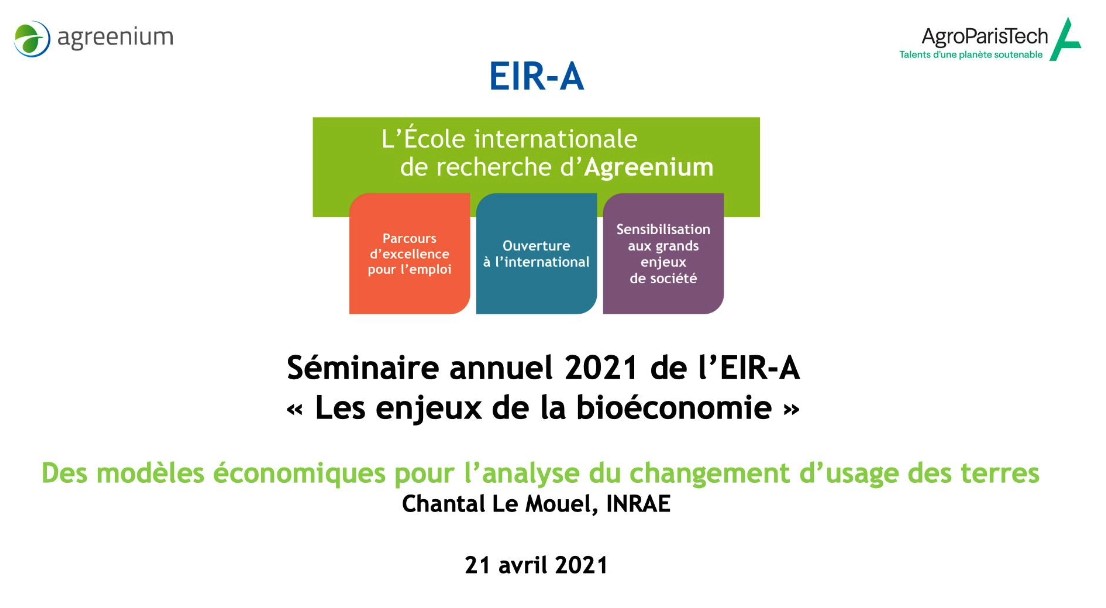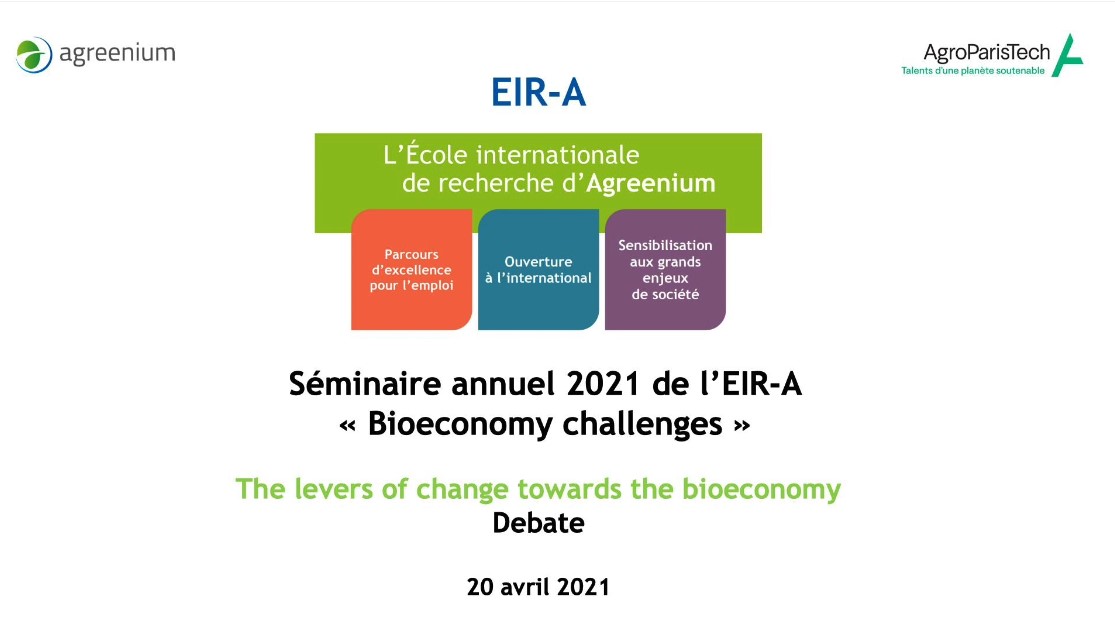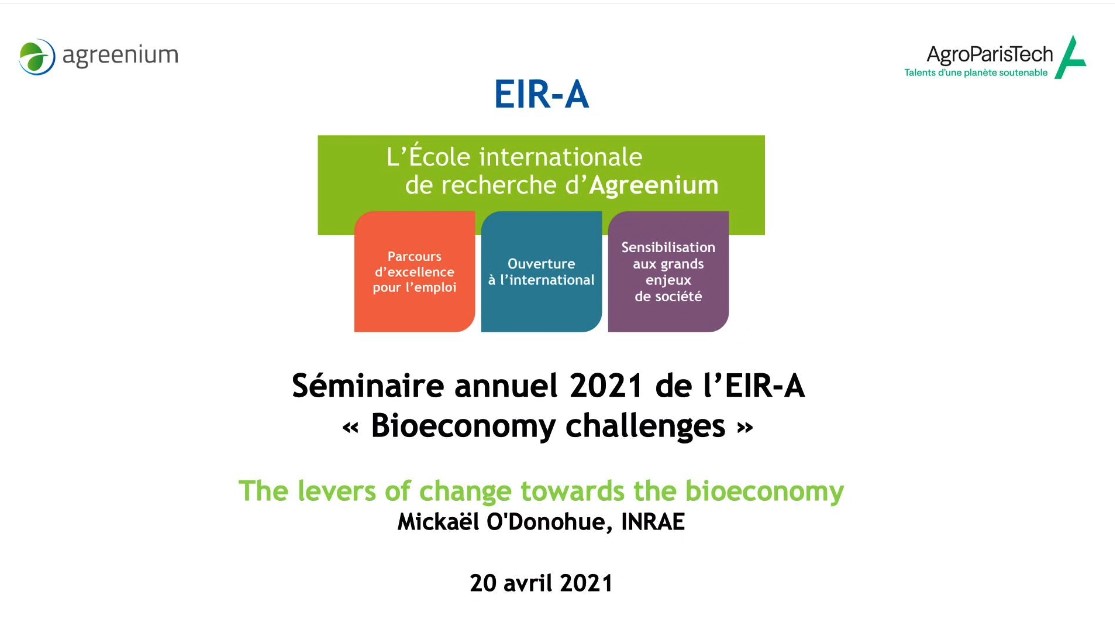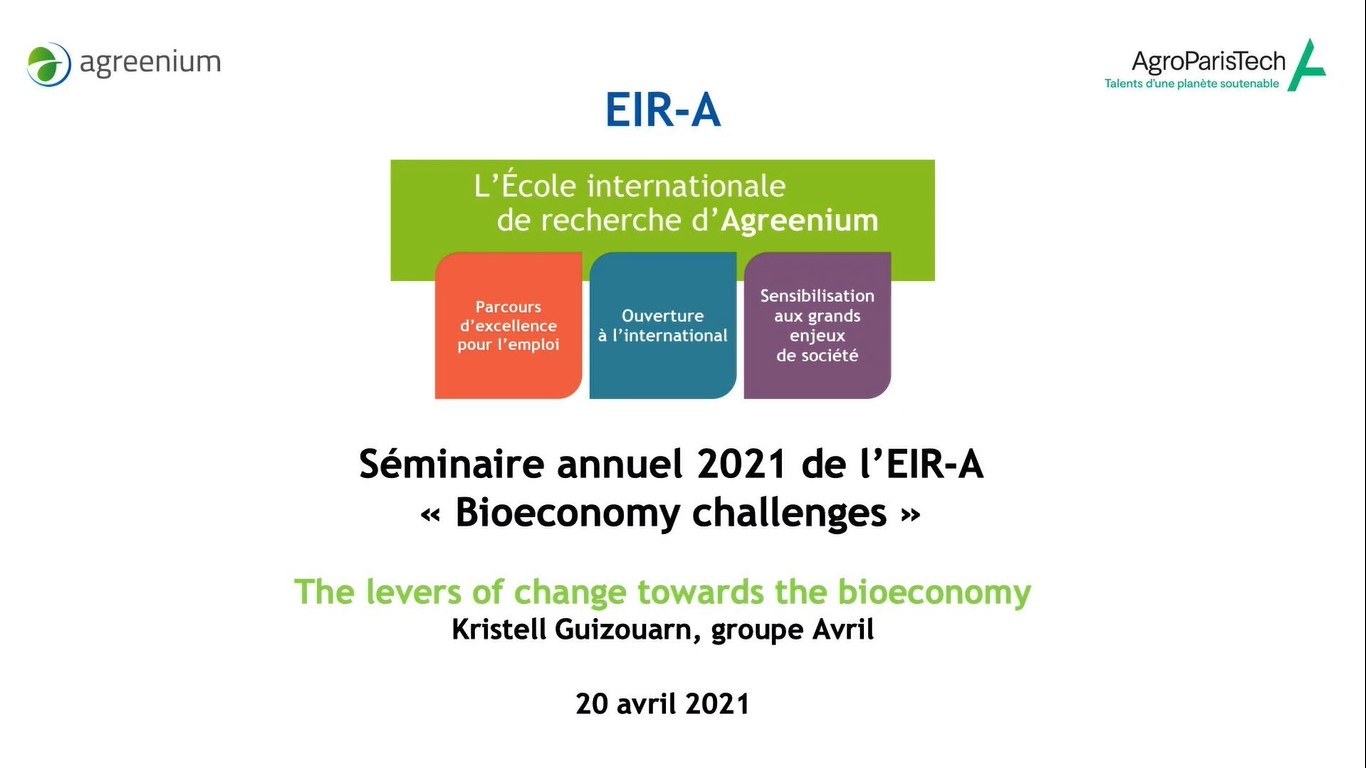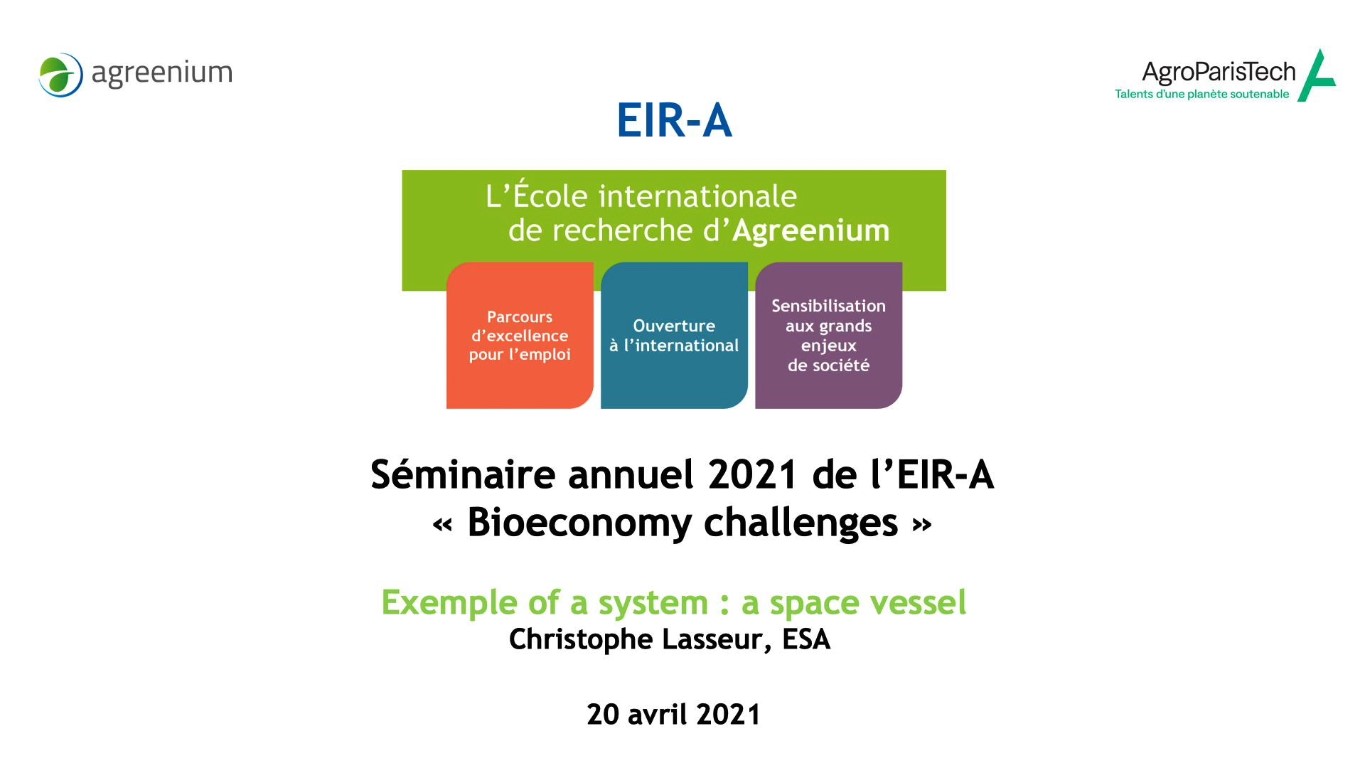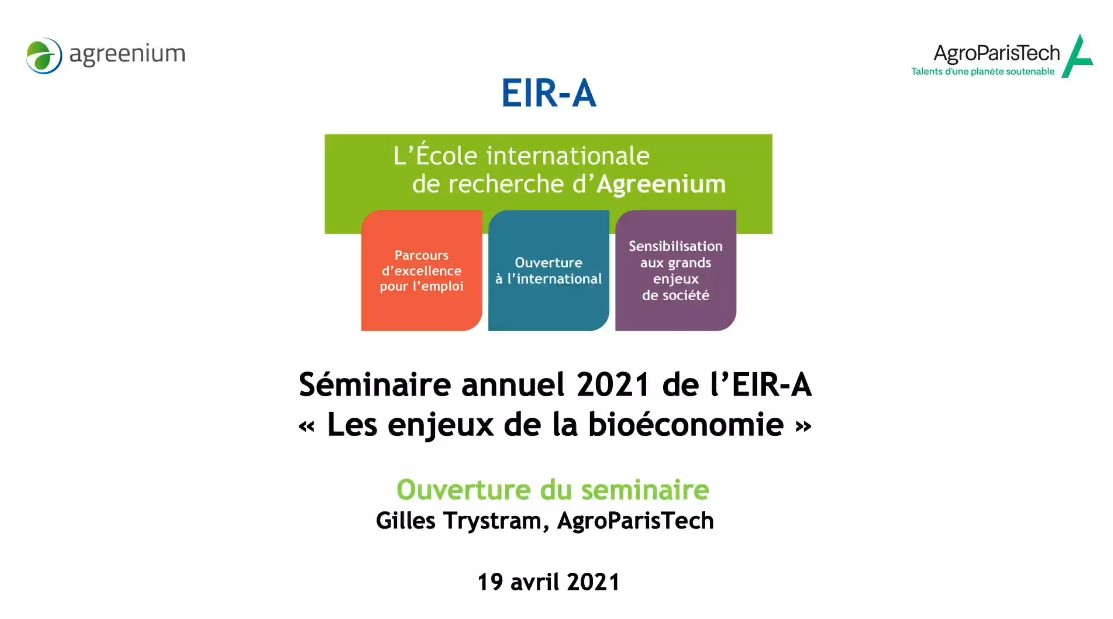Notice
An OECD vision (James Philp, OECD)
- document 1 document 2 document 3
- niveau 1 niveau 2 niveau 3
- Dossier
Descriptif
Since the publication of the OECD book ‘The Bioeconomy to 2030: Designing a Policy Agenda’ in 2009, the global view of the bioeconomy has changed greatly. That book concentrated on biotechnologies and the bioeconomy “refers to the set of economic activities relating to the invention, development, production and use of biological products and processes”. In the years since, the OECD has worked on industrial biotechnology, synthetic (or engineering) biology and sustainability aspects of the bioeconomy, while the latter has come to mean a much wider range of activities. Nevertheless, sustainability remains a central plank of the reasons for governments to develop national bioeconomy strategies, of which there are now over fifty. To some extent OECD work continues to emphasise biotechnologies as they impact biorefining and bio-based production. Connecting biotechnologies to sustainability and the UN sustainable development goals (SDGs), however, hasbeen a hard sell.
This presentation summarises work of the last two-yearperiod and current work. Following work on policy for biorefining, member countries were confronted with a more difficult policy area; how to build the ecosystems and value chains of companies and products that work within the bioeconomy and the gradual replacement of fossil production at the epicentre ofthe modern world economy. This was supported by ten national case studies andsix international workshops. The current work at the OECD remains both sustainability and biotechnology. Publicly funded technology platforms for engineering biology have been created in a small number of member countries and the policy issues are being explored around case studies.
The presentation finishes with a look at how Europe faces challenges and competition in thebioeconomy future. Developing nations no longer see themselves as simply suppliers of raw materials -they are developing the technologies andbiotechnologies to be part of the value-added future. Meanwhile, as engineering biology develops rather slowly as an engine of sustainability, the chemicals industry is also changing, and innovating towards sustainability. Finally, despite over 20 years of climate policy and much bioeconomy hype, investments in non-renewables dwarf those of renewables, and global greenhouse gas emissions reached a record high in 2019. Shaping a sustainability future with the bioeconomy at its centrewill take more than soft law, good will and aspirations. Governments need to behard-nosed change-ringers with a more experimental yet strident approach topolicy.
Dans la même collection
-
Présentation de la bioraffinerie de Bazancourt-Pomacle (Jean-Marie Chauvet)
ChauvetJean-MarieLa bioraffinerie de Bazancourt-Pomacle située dans la proximité de Reims est le fruit d’une longue histoire initiée dans les années 50. Au départ des agriculteurs qui se regroupent pour transformer
-
Introduction à la bioeconomie (Honorine Katir, CEBB)
Lescieux KatirHonorineDurant les prochaines décennies, le monde sera le théâtre d'une compétition accrue pour des ressources limitées et finies. La population mondiale croissante aura besoin d'une chaine d
-
The levers of change towards the bioeconomy (Thomas Vogelpohl, FernUniversität in Hagen)
Eventhough the concept of the bioeconomy has risen to great popularity lately, itis still highly contentious what the bioeconomy actually is or should be.European bioeconomy policy is very reflective
-
Territorial issues and challenges (Fabio Fava, University of Bologna)
FavaFabioBioeconomy is one of the core and enabling pillar of Italian economy.
-
Présentation du Centre Européen de Bioéconomie et de Biotechnologie (Kévin Magnien, AgroParistech)
À la fois vitrine technologique et centre de recherche pluridisciplinaire dédié aux biotechnologies, aux biomatériaux et à la chimie verte, le Centre Européen de Biotechnologie et de Bioéconomie(CEBB)
-
Ouverture du séminaire EIR-A 2021 (Lilian Puech, Agreenium)
Lilian Puech présente le parcours de l’école internationale de recherche d’Agreenium, EIR-A, qui comprend la participation à deux séminaires de formation doctorale sur de grands enjeux
-
Des modèles économiques pour l’analyse du changement d’usage des terres (Chantal Le Mouel, INRAE)
Le MouëlChantalLa présentation développe trois points. Elle explique d'abord pourquoi le changement d'affectation des terres est au cœur des enjeux alimentaires, climatiques et de la biodiversité, et pourquoi la
-
The levers of change towards the bioeconomy (debate)
En croisant avec les mots-clés santé / bien-être, ou avec les mots-clés biomasse / agriculture, les réalités de la bioéconomie sont différentes. L’intervenant de l’Unesco ne désespère pas qu’un
-
The levers of change towards the bioeconomy (Mickaël O'Donohue, INRAE)
O'DonohueMichaelBuilding the bioeconomy involves devising newtechnology solutions for the manufacture of a wide range of products and theproduction of services. In this regard, biotechnology is a technological
-
The levers of change towards the bioeconomy (Kristell Guizouarn, groupe Avril)
La bioéconomie joue déjà un rôle essentiel dans l'économie européenne, puisqu'elle emploie 18 millions de personnes, soit 9 %de la main-d'œuvre européenne. Et si un cadre politique adéquat est mis en
-
Example of a system : a space vessel (Christophe Lasseur, ESA)
LasseurChristopheTo over simplify, Space is a very harsh, where no resources exists (energy, food, oxygen..). Consequently Long term manned mission will require a very strict resources management, leading to high
-
Ouverture du séminaire EIR-A 2021 (Gilles Trystram, AgroParisTech)
TrystramGillesDe nombreuses controverses scientifiques peuvent être appréhendées par la bioéconomie : le développement durable est-il compatible avec la croissance économique ? L'alimentation est-elle prioritaire


